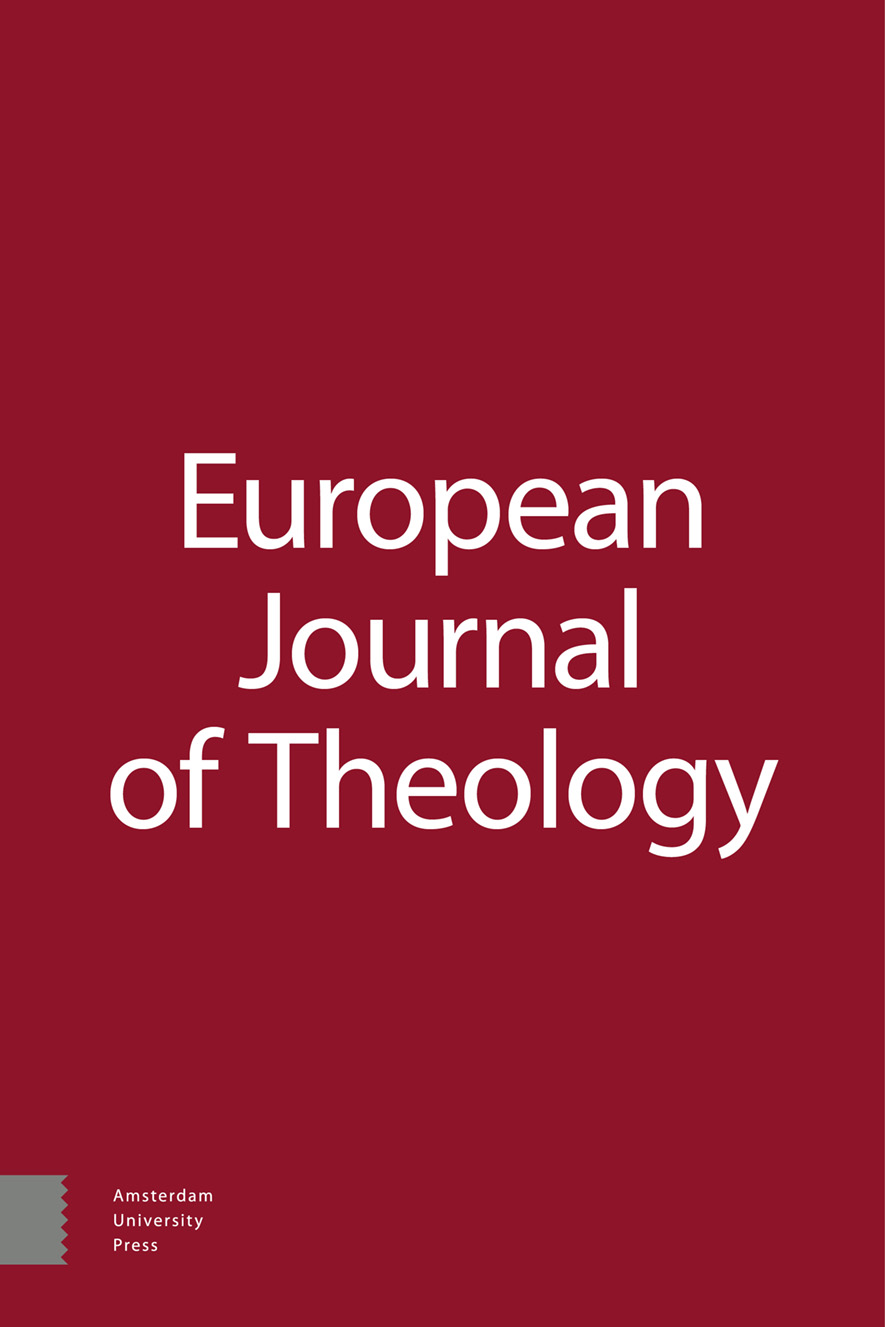-
oa Ancient Hebrew Inscriptions
- Amsterdam University Press
- Source: European Journal of Theology, Volume 29, Issue 2, Sep 2020, p. 109 - 121
-
- 01 Sep 2020
Abstract
In modernen Museen finden sich hunderte altägyptischer Papyri und tausende babylonischer Schrifttafeln, während althebräische Schriften verhältnismäßig selten sind. Nur in der hebräischen Bibel findet sich jedwede Literatur aus dem Israel des Altertums – und wie alt jeglicher Teil davon sein mag ist umstritten. Weshalb gibt es eigentlich so wenige Beispiele althebräischer Schriften? Einige sehen den Grund hierfür darin, dass es keine Schriftzeugnisse vor ungefähr 700 v.Chr. gibt wenn überhaupt. Doch stellt das die bestmögliche Antwort dar? Der vorliegende Artikel bringt die neueste Forschung bezüglich authentisches, umstrittenes und auch gefälschtes Material.
, SummaryThere are hundreds of ancient Egyptian papyri and thousands of Babylonian tablets in modern museums, yet ancient Hebrew writings are relatively rare. Only the Hebrew Bible preserves any literature from ancient Israel – and how old any part of it is, is disputed. Why are there so few examples of ancient Hebrew writings? Some answer that no literature was written before about 700 BC, if then. Is that the best answer? The article provides an up-to-date overview over authentic, disputed and forged materials.
, RésuméIl y a des centaines de papyrus de l’Égypte ancienne et des milliers de tablettes babyloniennes dans les musées modernes, mais les inscriptions en hébreu ancien sont relativement rares. Seule la Bible hébraïque a conservé des textes littéraires de l’Israël ancien – et la date des différentes parties de ce corpus est sujette à débat. Pourquoi a-t-on un corpus aussi restreint d’écrits en hébreu ancien? Certains répondront qu’aucun texte littéraire n’a été produit avant 700 av. J.-C., voire même au-delà. Est-ce la meilleure réponse? L’auteur livre ici une présentation bien à jour de textes authentiques, d’autres disputés et d’autres contrefaits.
]

